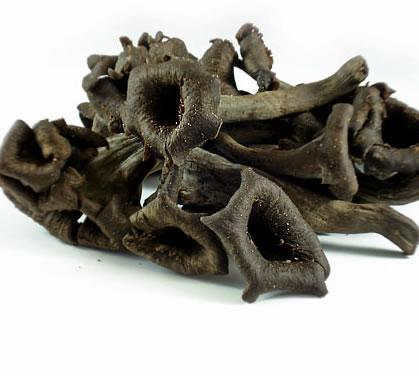With the first frosts yielding the sweetest of parsnips and Jerusalem artichokes served with a slap-up heart warming roast.
Beetroot
Beetroot usually deep purple roots of beetroot are eaten either boiled, roasted or raw, either alone or combined with any salad vegetable. A large proportion of the commercial production is processed into boiled and sterilised beets or into pickles. In Eastern Europe, beet soup, such as borscht, is a popular dish
Candy Beetroot
Candy beetroot is an eye-catching garnish and is a fantastic addition to any salad. Beautiful served whole or cut diagonally through the middle to show off those mysterious pink and white rings.
Golden Beetroot
Golden beetroot has a more subtle flavour than normal purple beetroot, and is a great garnish with its vibrant golden shine. Popular in the 19th century, and is now becoming another great ingredient.
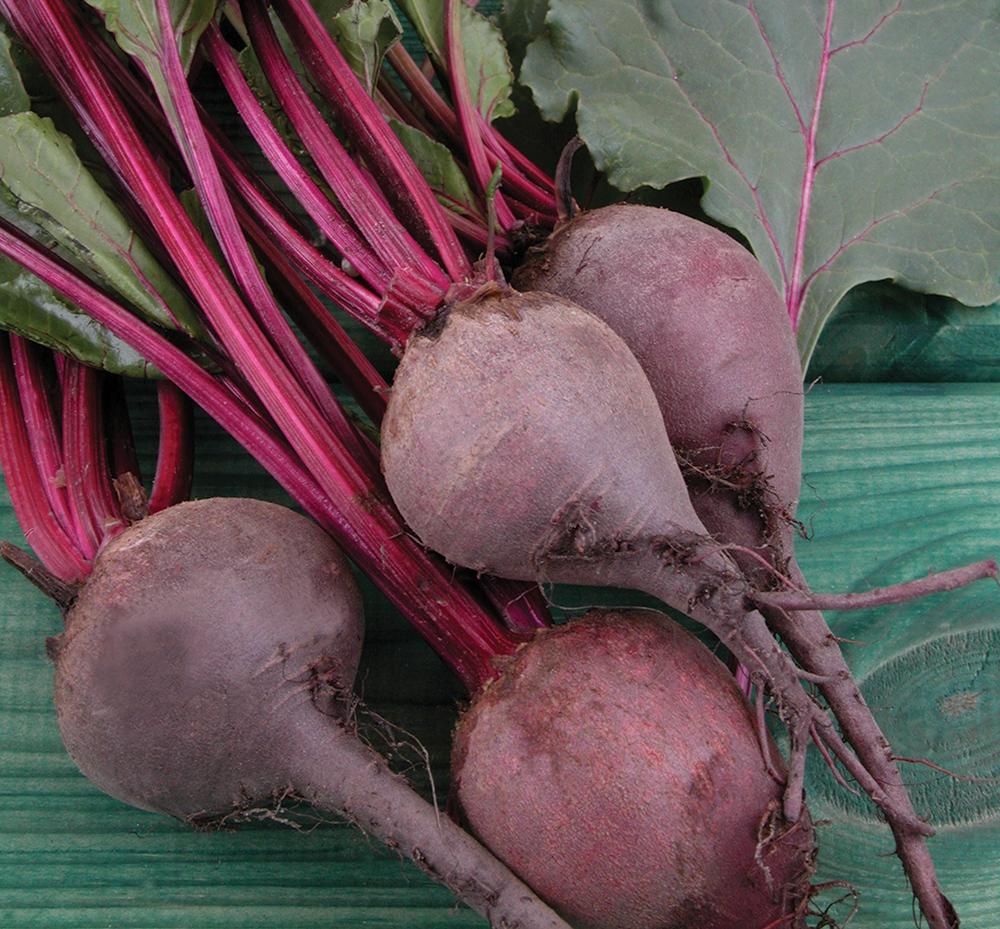
Brussels Sprouts
Love them or hate them you know that Christmas is almost upon us!
Long relegated to the Christmas table, Brussels sprouts have a dreadful reputation. Like miniature versions of the common cabbage, they grow on large stalks and have a sweet, nutty flavour, which some people can find too pungent. But, treated with a touch of love and care, these little buds can become a firm winter favourite. The Brussels sprout is very popular in Brussels, Belgium, and may well have originated there.

Butternut Squash
This winter squash has a sweet nutty taste similar to that of a pumpkin. It has a dense thick yellow skin and a dense orange flesh. Cracking roasted with cumin seeds.
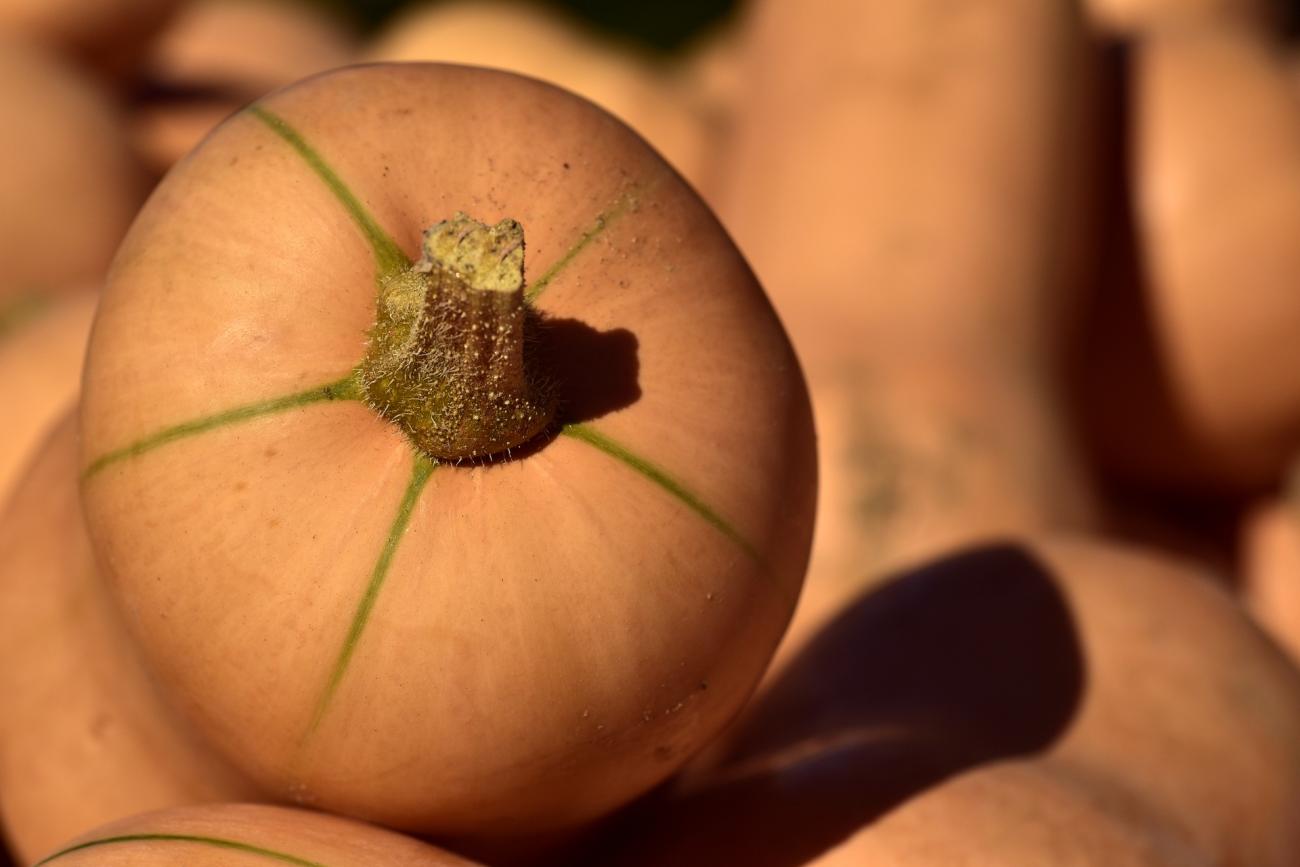
Cabbage – Black, Red, White & Savoy
Cabbage is excellent finely sliced and eaten raw in salads. When cooked, the briefest cooking methods, such as steaming or stir-frying, are best.
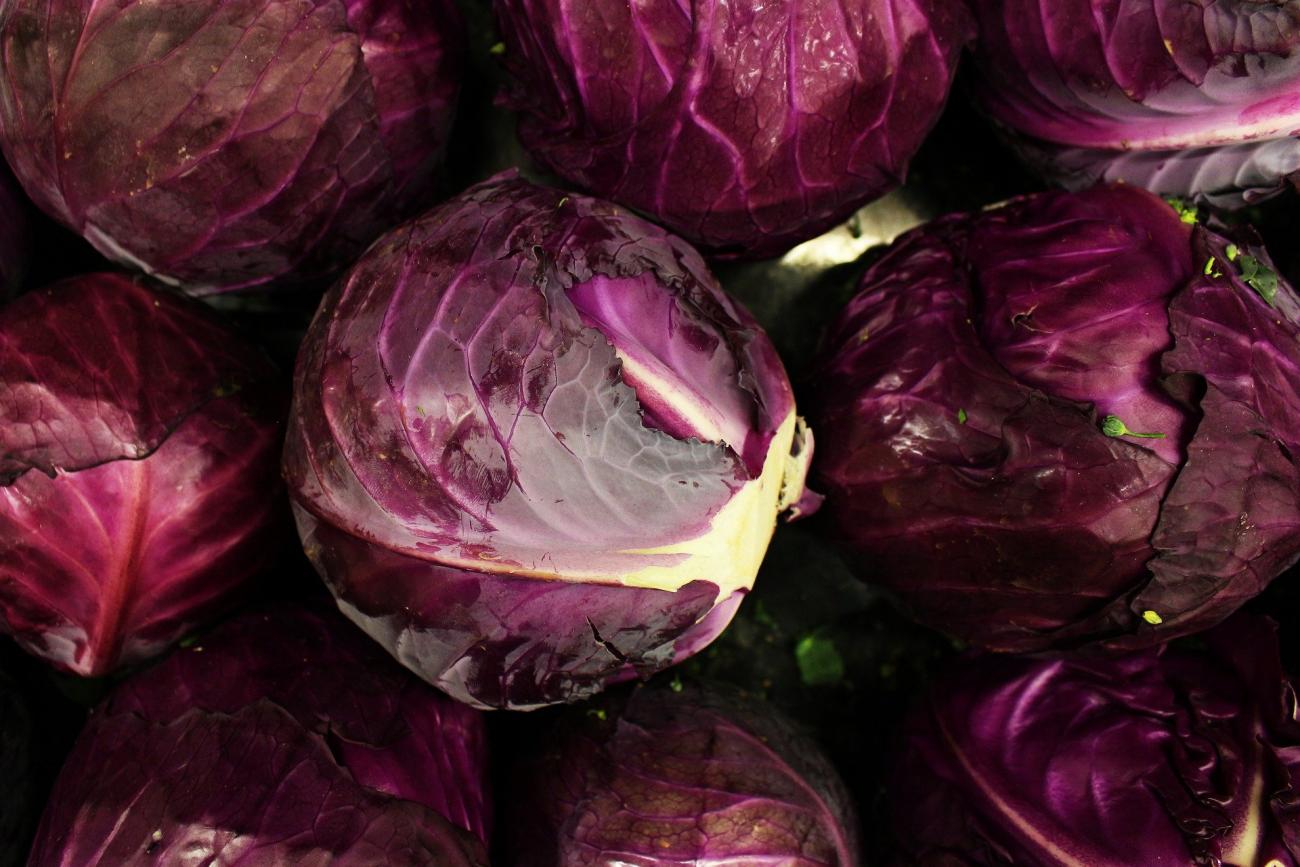
Cavolo Nero
An Italian cabbage with dark green leaves, with a good strong flavour. Cavolo Nero can be used as a substitute in all recipes that require cabbage but it is particularly good in soups. The classic Tuscan soup, ribolitta, is traditionally left to sit for a day before serving to allow it to thicken and the flavours to develop. Cavolo Nero is delicious simply fried in olive oil with garlic and chillies.

Chantenay Carrots
After potatoes, carrots are without doubt the best-known and most popular root vegetable of all. The carrots we eat today were developed from the wild carrot but until the Middle Ages carrots eaten in this country were purple – orange carrots were imported from Holland in the 17th and 18th Centuries. As well as the usual orange carrots, we also have purple, yellow and white carrots mixed boxes in stock.

Chanterelles
The flavour of Chanterelles is distinctive because they stand up so well to main ingredients in stews, soups and other main courses. Chanterelles are only found in the wild, and are highly prized in the culinary world as their season is not long enough. Yellow Chanterelles bear a fruity smell reminiscent of apricots and boast a mild peppery taste.
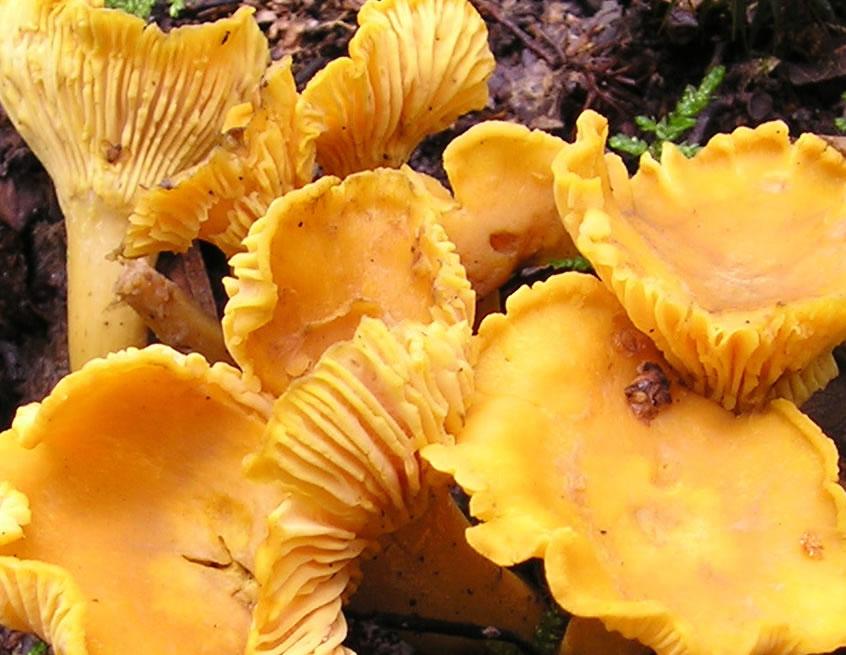
Comice
Comice is more bulbous in shape, and has juicy, meltingly tender flesh; it’s good for cooking and eating, particularly with cheese.
The exact origin of the pear is not known. It is often thought that the pear originates from the area between the Black Sea and the Caspian Sea, but some place it further east, south of the Ural Mountains or even towards Central Asia. From the wild pears, edible varieties of pears have been developed through breeding. Until the 16th century pears were only suitable for cooking, the so-called cooking pears, so pears had to be cooked before they could be eaten. From the 16th century onwards the first eaters were cultivated in France and Italy. These are varieties that can be eaten without any need for cooking or processing.
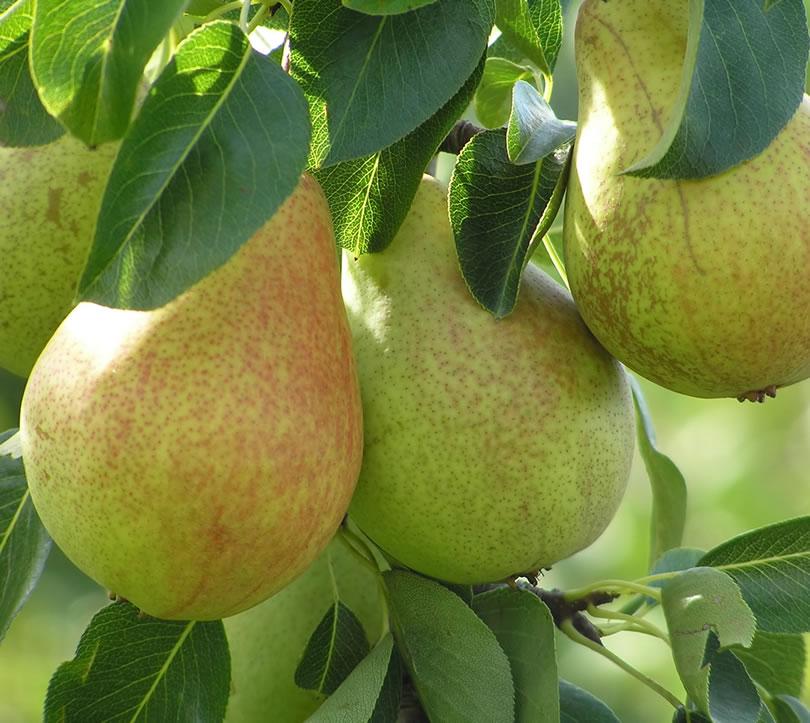
Conference
The best known of all pears, ‘Conference’ is excellent eaten as a dessert pear but also exceptional when cooked. The long bell shaped fruits with firm flesh can be eaten hard or fully ripe with a smooth juicy flavour. Trees crop late in the season from October to November, and the fruit will store until January. Enjoy ‘Conference’ pears at their best by picking them slightly under-ripe, store them in a cool place and bring indoors to ripen slowly.
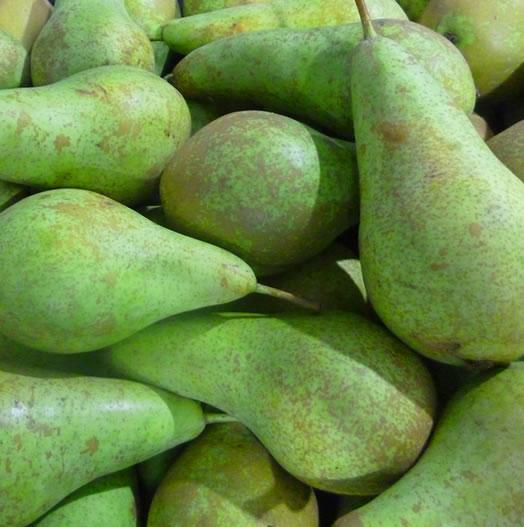
Cranberries
Cranberries are the deep-red, tart fruit of a low, scrubby, woody bog plant. They are a winter berry that has become synonymous with the Christmas table for many. The bulk of the world’s cranberries are now cultivated, mainly in certain parts of Canada and North America, but cranberries can still occasionally be found growing wild.
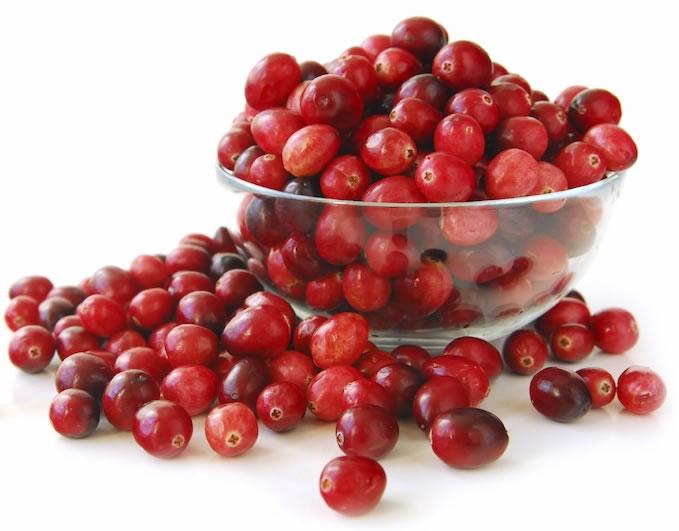
Fennel
Like Marmite, fennel is something that you either love or hate – its strong aniseed flavour leaves no room for the middle ground. From the same family as the herb and seed of the same name, it’s also known as Florence fennel or sweet fennel and is very popular in Italian cookery, and has a bulb-like shape that looks a little like a heavy-bottomed celery.
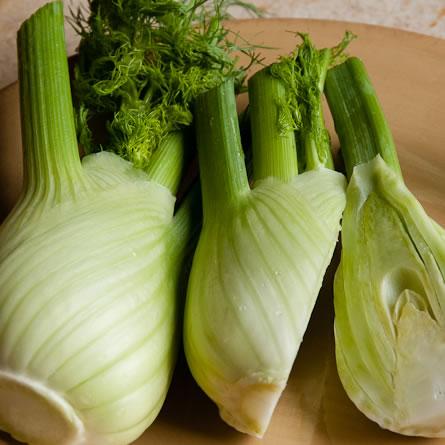
Horseradish Root
A relative of the Brassica family which includes mustard, wasabi, broccoli and cabbage. The plant is prized for its white heady root. The essential accompaniment to roast beef – nothing beats the bite of your own freshly grated horseradish root. Horseradish is a vigorous perennial herb that will return year after year for an increasing supply of hot, tangy roots.

Parsnips
A sweetly flavoured root vegetable. Pale yellow or ivory in colour and shaped like a slightly bulbous carrot, parsnips are one of the tastiest and most appealing root vegetables. Cheap and simple to prepare, their soft, fragrant, slightly sweet flesh adds a warm, comforting element to dishes.
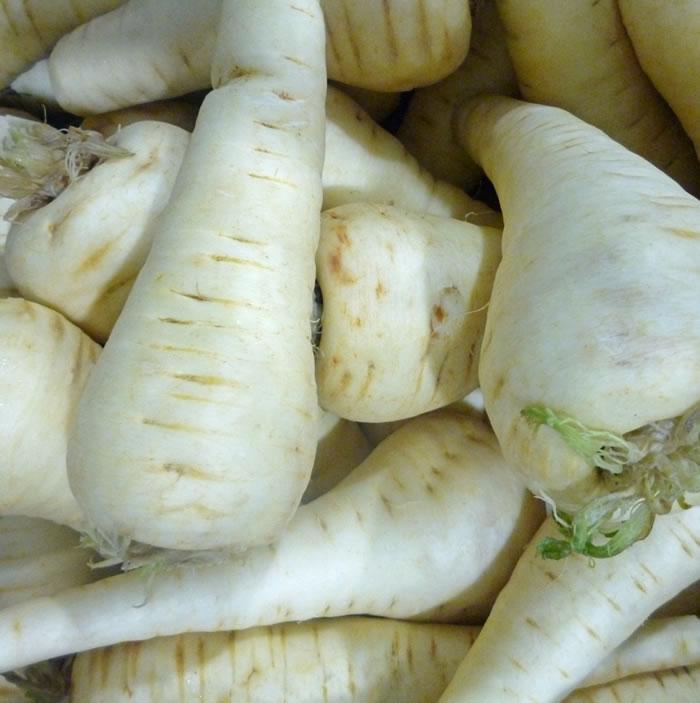
Pied de Mouton
These light tasting peppery Pied de Moutons are best cooked slowly in casseroles and soups. Known in England as Hedgehog Mushroom, Pied de Mouton means sheep’s foot in French.
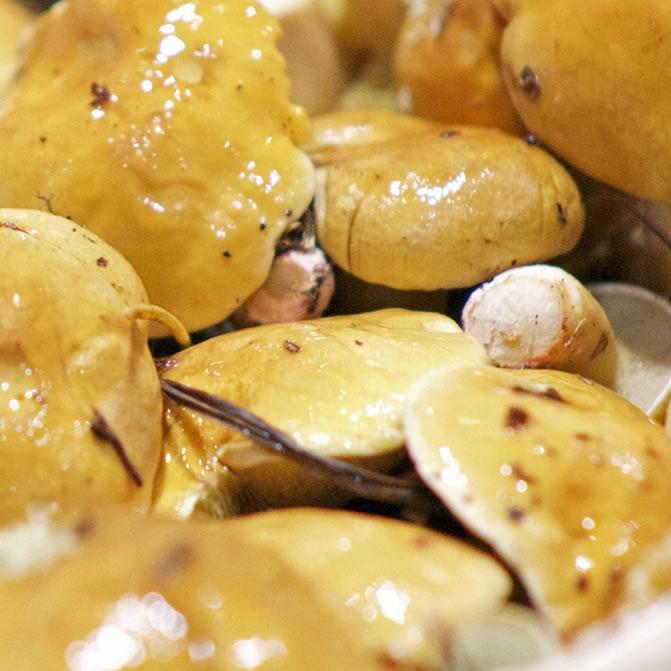
Purple Sprouting Broccoli
After a fairly sparse couple of months on the leafy veg front, the start of the purple sprouting broccoli season marks a welcome addition to the winter vegetable palate. Simply steamed or boiled, it partners almost any fish or meat dish. Purple sprouting broccoli was initially cultivated by the Romans. Broccoli has been grown in the UK since the early 18th century, although the purple sprouting variety has only risen to prominence in the last 30 years
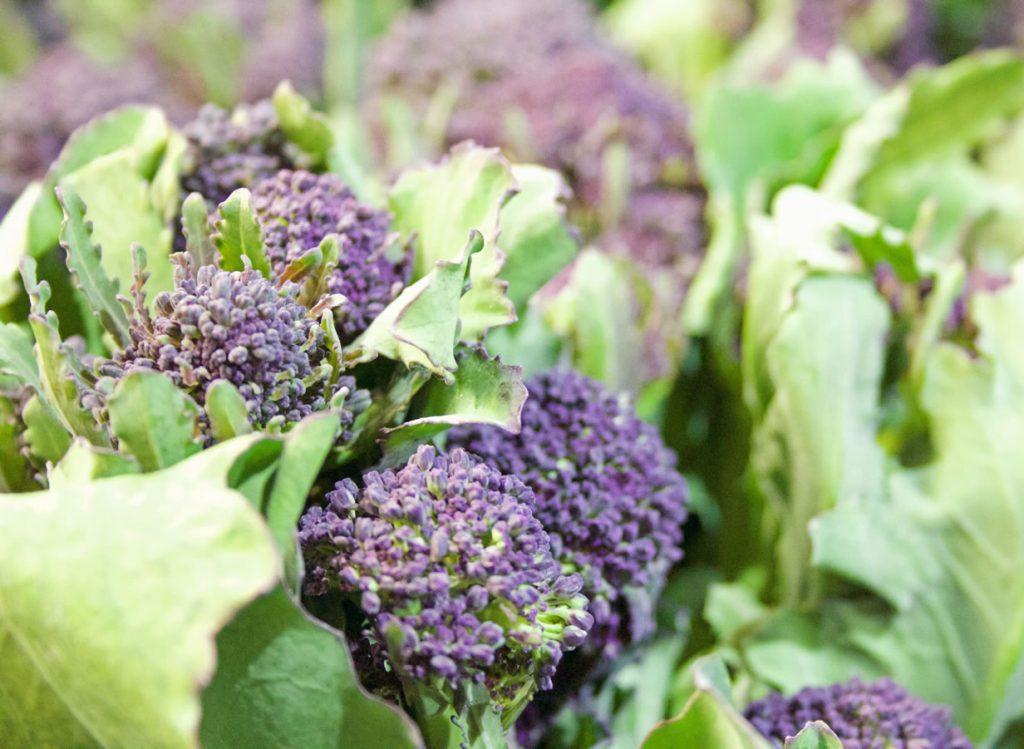
Quince
Quince belongs to the same family as apples and pears; its shape is similar to a pear, but larger. It has lumpy yellow skin and hard flesh that is quite bitter so shouldn’t be eaten raw. When fully ripe, the quince has a wonderful perfume. Quince paste or ‘membrillo’ is a popular accompaniment to cheese in Spain.
One of the more anticipated autumn fruits, this is now ready for supply as it has turned from green to a better yellow colour. It is a versatile fruit with a flavour that can accompany many different dishes. Ideal for making jelly and grated over apple (before baking) for a twist on tarte tatin or the humble crumble.
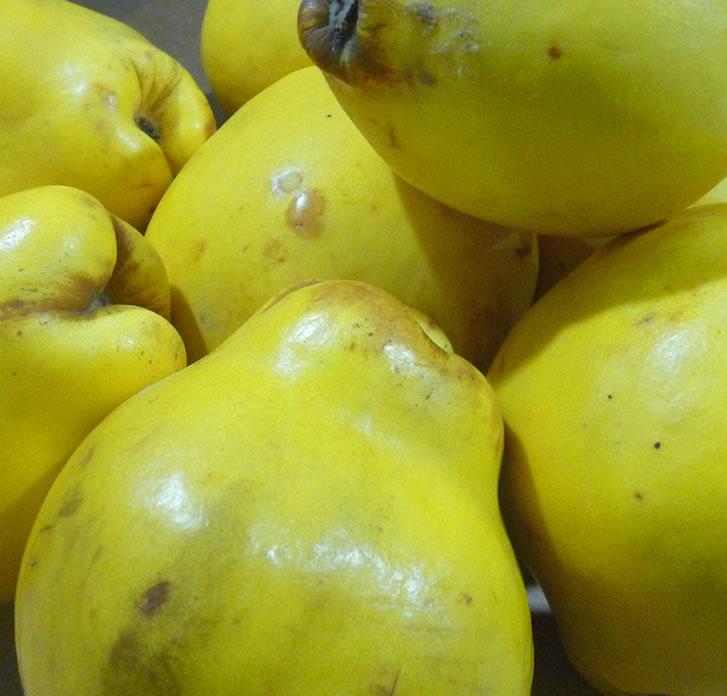
Rainbow Chard
The raw baby leaves of the coloured types look stunning in salads, and though they dull a little on cooking, a pile of young leaves, wilted and buttered with stems still attached, is still handsome on a plate. The adult plant gives you two vegetables in one: the crisp, robust stems and the abundant, delicately ruffled leaves. It’s a powerhouse of nutty, green-leaf flavour, so pair it with feisty partners: olives, cream, tomatoes, spices, strong cheese and smoked fish.
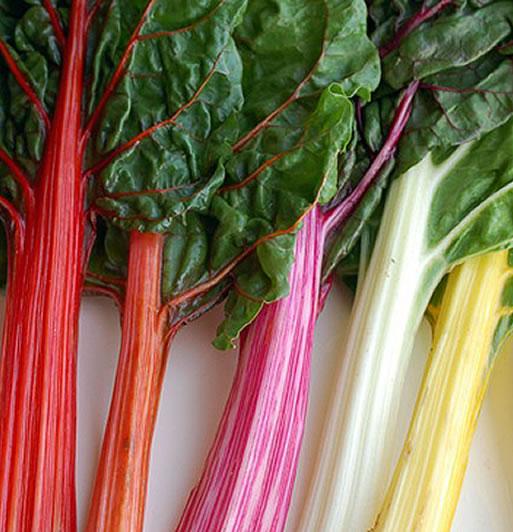
Red Watercress
Red watercress — although maroon is more like it — has even more peppery bite in its green-veined pointy leaves than regular watercress and, its growers say, more antioxidants. Use it raw in salads, because cooking turns the red to dark green. The watercress is grown on farms across Dorset and Hampshire and in Spain and Florida during the winter months.
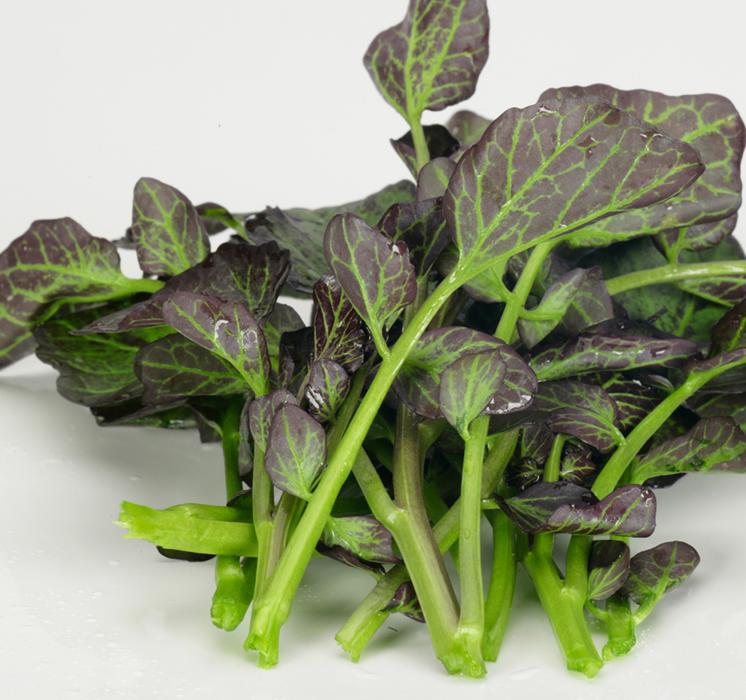
Salsify
A root vegetable belonging to the dandelion family, salsify is also known as the oyster plant because of its oystery taste when cooked. The root is similar in appearance to a long, thin parsnip, with creamy white flesh and a thick skin. In the same way as many root vegetables, salsify can be boiled, mashed or used in soups and stews.
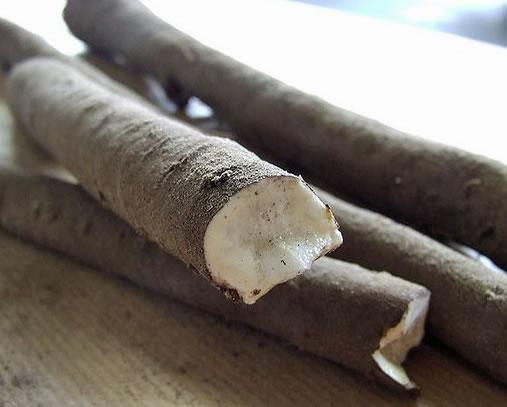
Trompette de la Mort
Trompette de la Mort is French for “Trumpet of death”. This wild mushroom is, in fact, trumpet-shaped – Its cap is thin and gently ruffled, its colour ranges from dark grey to black. The flavour is rich, deep and somewhat nutty.
